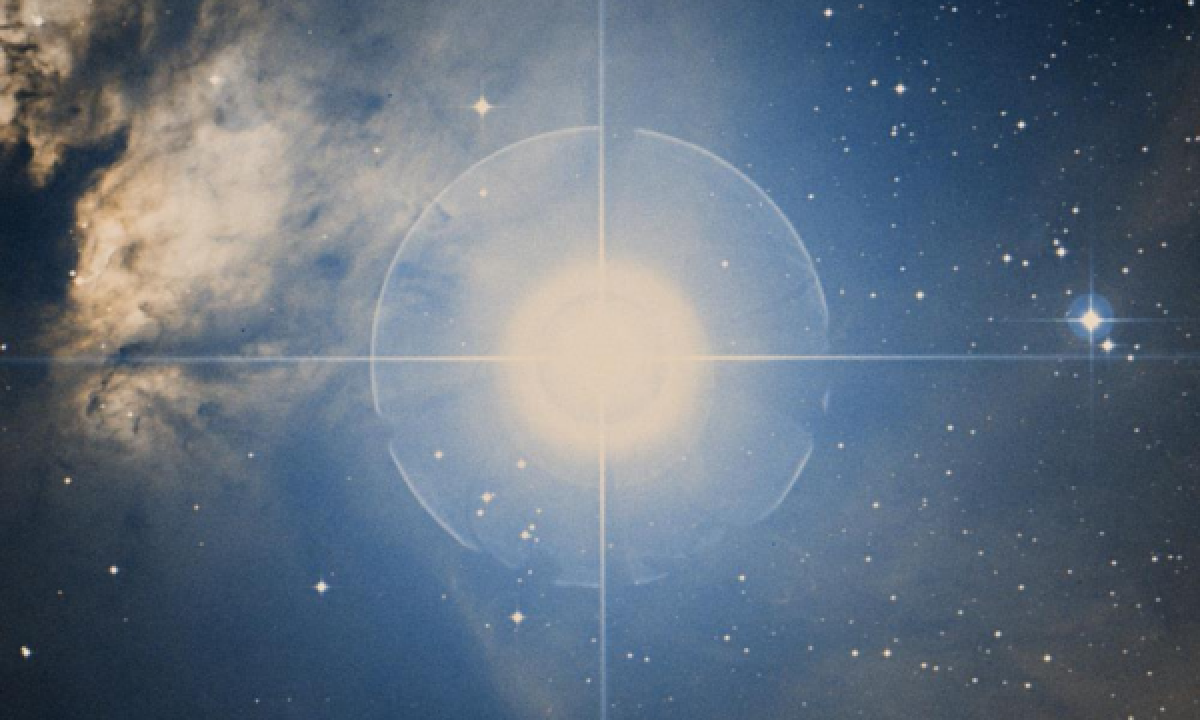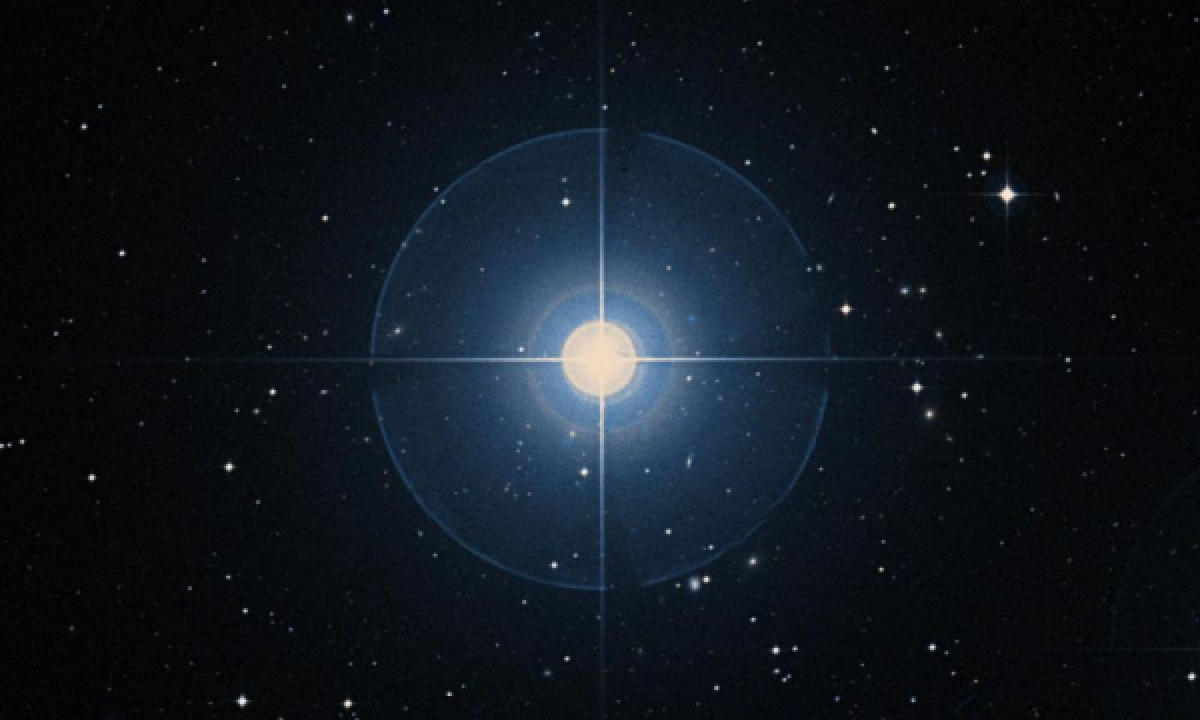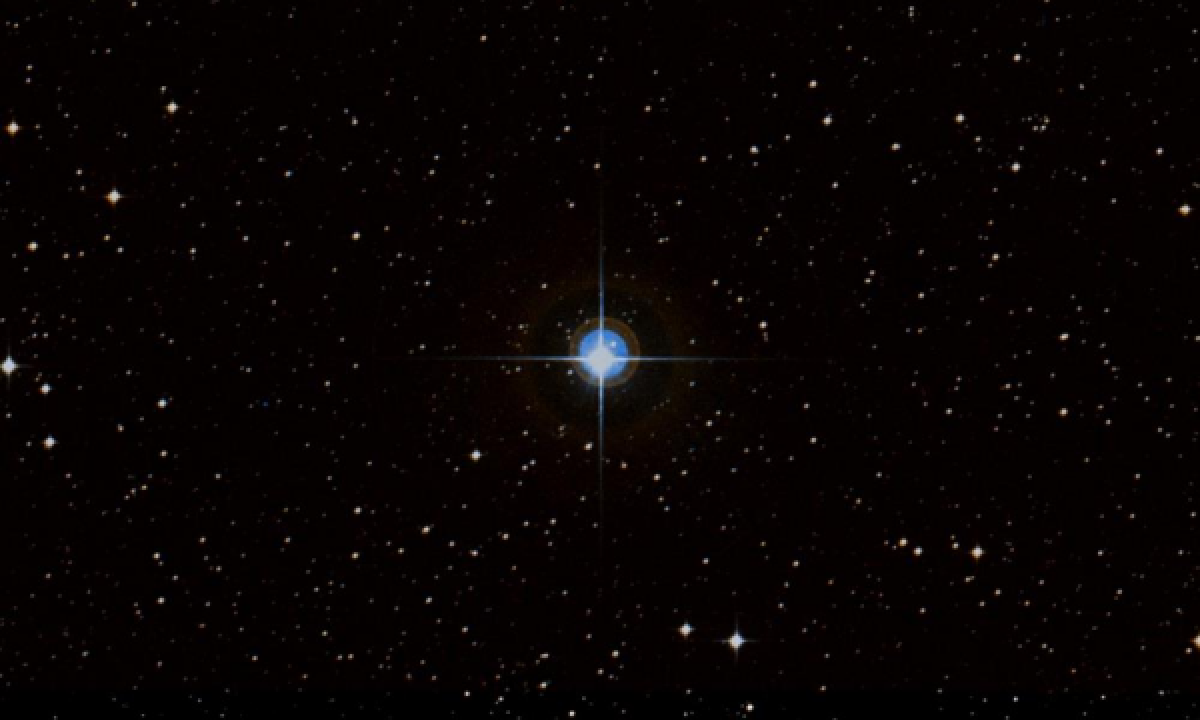

- #Skychart rotate 3d images full#
- #Skychart rotate 3d images code#
- #Skychart rotate 3d images download#
First, check if the point is currently displayed (clip), then get the location (mapProjection), size (whatever scaling formula you like) and styling. With point data we can't rely on the map function to do all the work, we need to paint on the canvas step by step. However you add the data, as long as they receive the same class name - 'snr' in the examples above - the display method is the same, as shown below. Check and edit the following default configuration file. Remember to indicate the id of the div where the map will be shown. On your script display the map with Celestial.display(config). Available on the lib subfolder in this repository or from the official d3.js server. Include the necessary d3 scripts: d3.min.js and d3. Include the d3-celestial script, available as celestial.js or. Optionally add a div with the id "celestial-form" if you are going to use some of the built-in forms.

On your HTML add a div with some id, e.g. Geolocator gadget part I: Geolocator globe - Part II: Daylight sky - Part III: Geomarker - Part IV: Night sky Usage
#Skychart rotate 3d images download#
Show coordinates, DSO colors, Download button The Milky Way halo, globular clusters & satellite galaxiesĪsterisms with locations & time selection Traditional Chinese constellation a different culture altogether Setting time/location and see the current skyĪnimated planets moving about the eclipticĪlternative Stars different way to display stars Interactive form map viewer with all config options Or use a local web server environment, quite easy to do with node.js. Check out the demo at or clone/download it for local usage, which works with Chrome if it is started with command line parameter -allow-file-access-from-files to load local json files. Since it uses D3.js and HTML5 canvas, it needs a modern browser with canvas support, so any recent flavor of Chrome/Firefox/Safari/Opera or IE 9 and above should suffice.
#Skychart rotate 3d images full#
Full support for zoom and rotation with mouse or gestures. ecliptc, galactic or supergalactic are also possible. Also shows constellations with names, lines and/or boundaries, the Milky Way band and grid lines. Which surprisingly nobody has done yet, it seems.įeatures display of stars and deep sky objects (DSOs) with a selectable magnitude limit up to 6, or choose different GeoJSON data source for higher magnitudes. But I want the image to be rotated in the space (around all three axes).Interactive, adaptable celestial map done with the D3.js visualization library. I found that using the add_random_rotation (which itself uses ) treats the third dimension of my grayscale images as channels (like RGB channels) and rotates all 32 images of the third dimension by a random angel around z-axis(treats my 3D image as a 2D image with 32 channels). Let me know if something is wrong with the way I'm using placeholders, etc.) (I'm using a combination of tensorflow and tflearn to be able to use the features from both, so please bear with me. Y = tf.placeholder(tf.float32, shape=(None, label_cnt), name='y-input') Image_size, image_size, num_channels), name='x-input')

X = tf.placeholder(tf.float32, shape=(None, image_size,
#Skychart rotate 3d images code#
I was using the following code to do so: # Real-time data preprocessing I'm using a set of 32x32x32 grayscale images and I want to apply random rotations on the images as a part of data augmentation while training a CNN by tflearn + tensorflow.


 0 kommentar(er)
0 kommentar(er)
